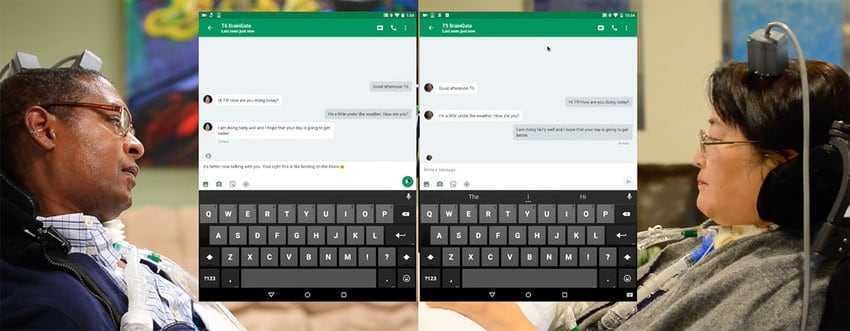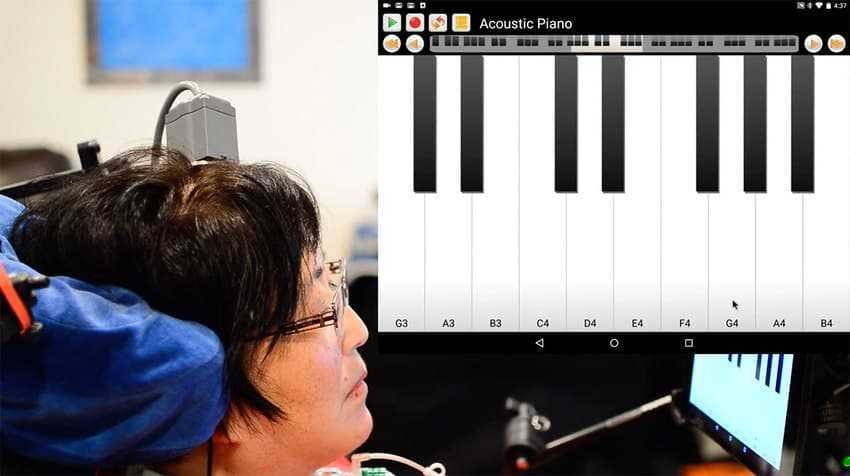A team of scientists managed to make paralyzed people operate a tablet by implanting a brain-interface in their brains.computer.

Last year, a study from the scientific effort called BrainGate reported that a Brain-computer interfaces (BCI) allowed a paralyzed person to type up to eight words per minute, just by thinking. Now, according to new results from a BrainGate2 clinical trial, the same BCI was used to help three participants operating a tablet computer.
All three participants suffer from loss of movement in their arms due to amyotrophic lateral sclerosis (ALS, also referred to as Lou Gehrig disease) or spinal cord injury. The brain implant and a series of microelectrodes were placed in all of them as part of his clinical trial. BrainGate2. In this particular study, the neural signals expressed by the implant were routed through a protocol, providing a virtual mouse. This "mouse" was combined with a tablet Google Nexus 9 via Bluetooth.

Each participant was asked to try seven common applications on the tablet: e-mail, chat, Browser στο Web, κοινή χρήση βίντεο, streaming μουσικής, πρόγραμμα για καιρικές συνθήκες και πρόγραμμα συγκέντρωσης ειδήσεων. Οι ερευνητές ρώτησαν επίσης τους χρήστες εάν ήθελαν οποιεσδήποτε πρόσθετες εφαρμογές, και στη συνέχεια πρόσθεσαν την εφαρμογή πληκτρολογίου, ψώνια στο Amazon and a calculator. Participants reached up to 22 click per minute and typed up to 30 characters per minute in email and text programs.
In addition, all three participants really enjoy using the tablet.





